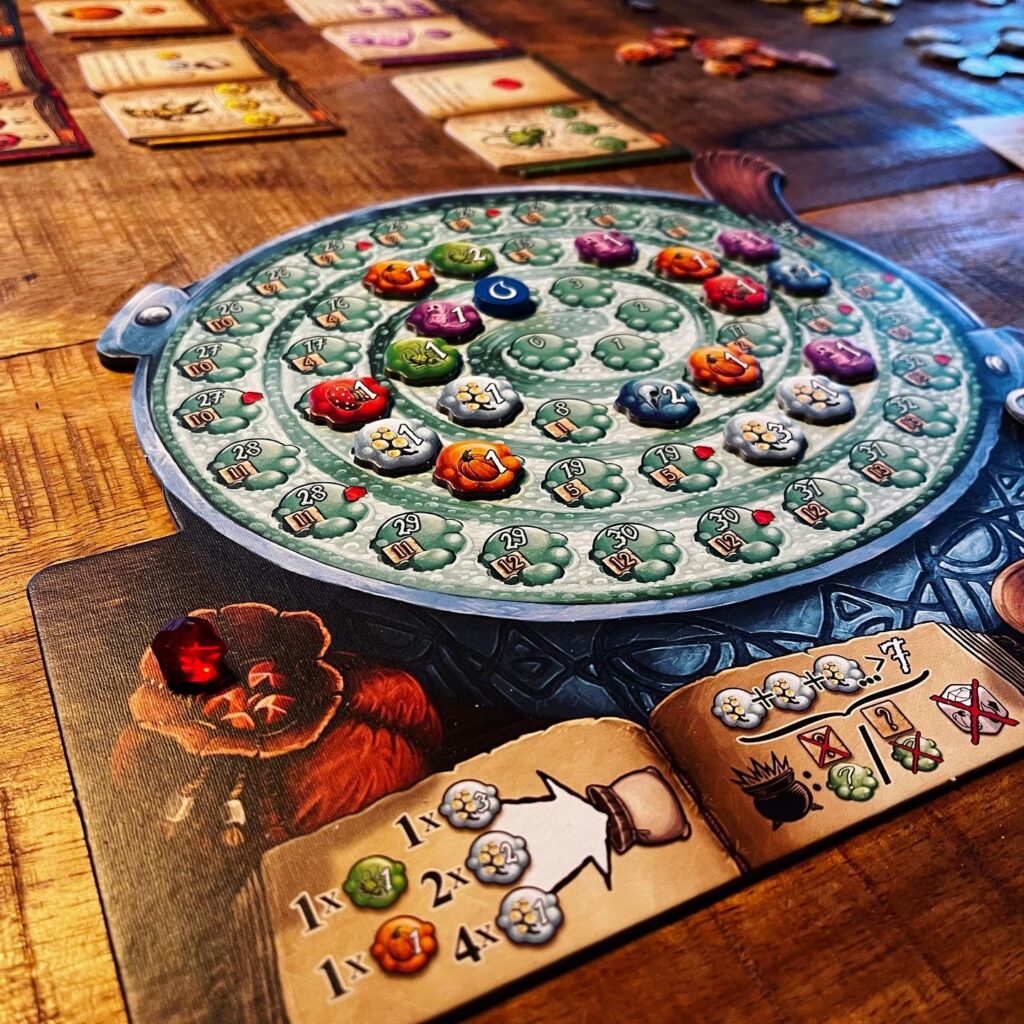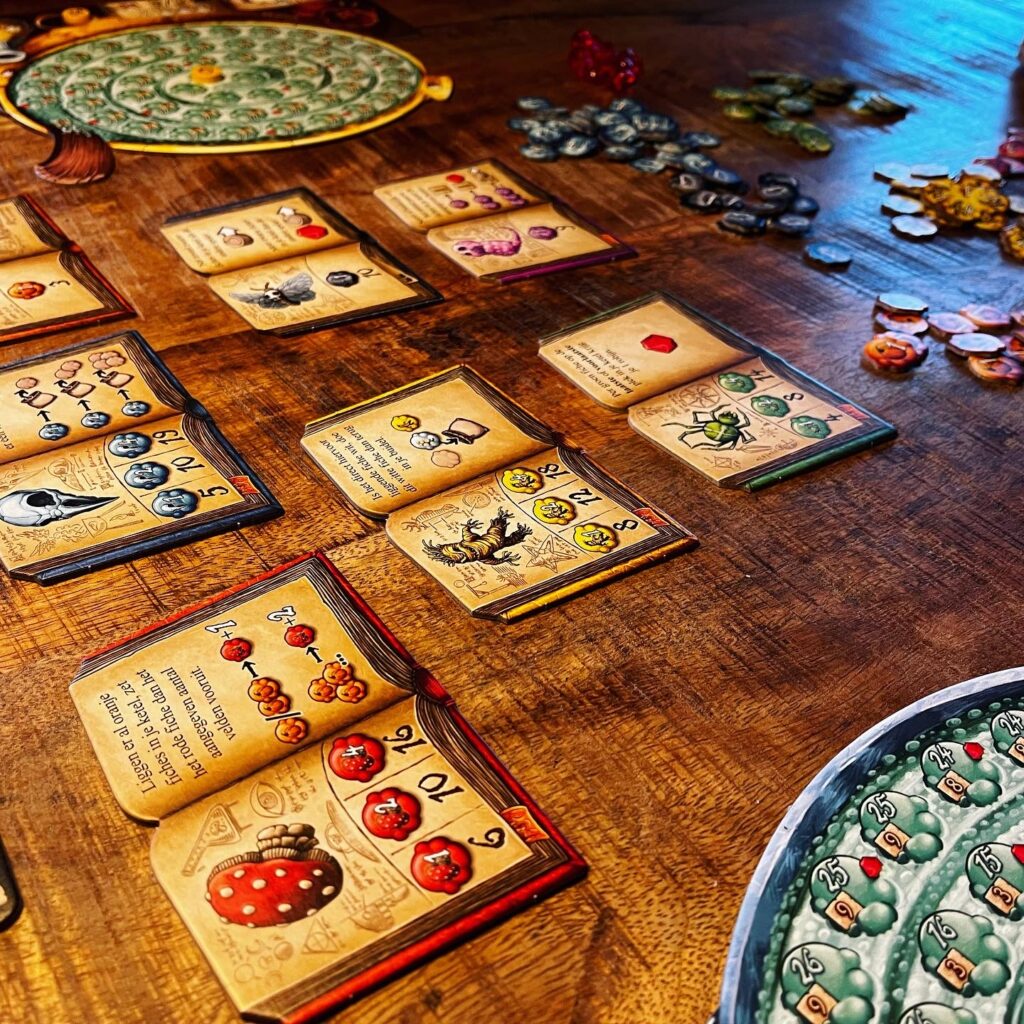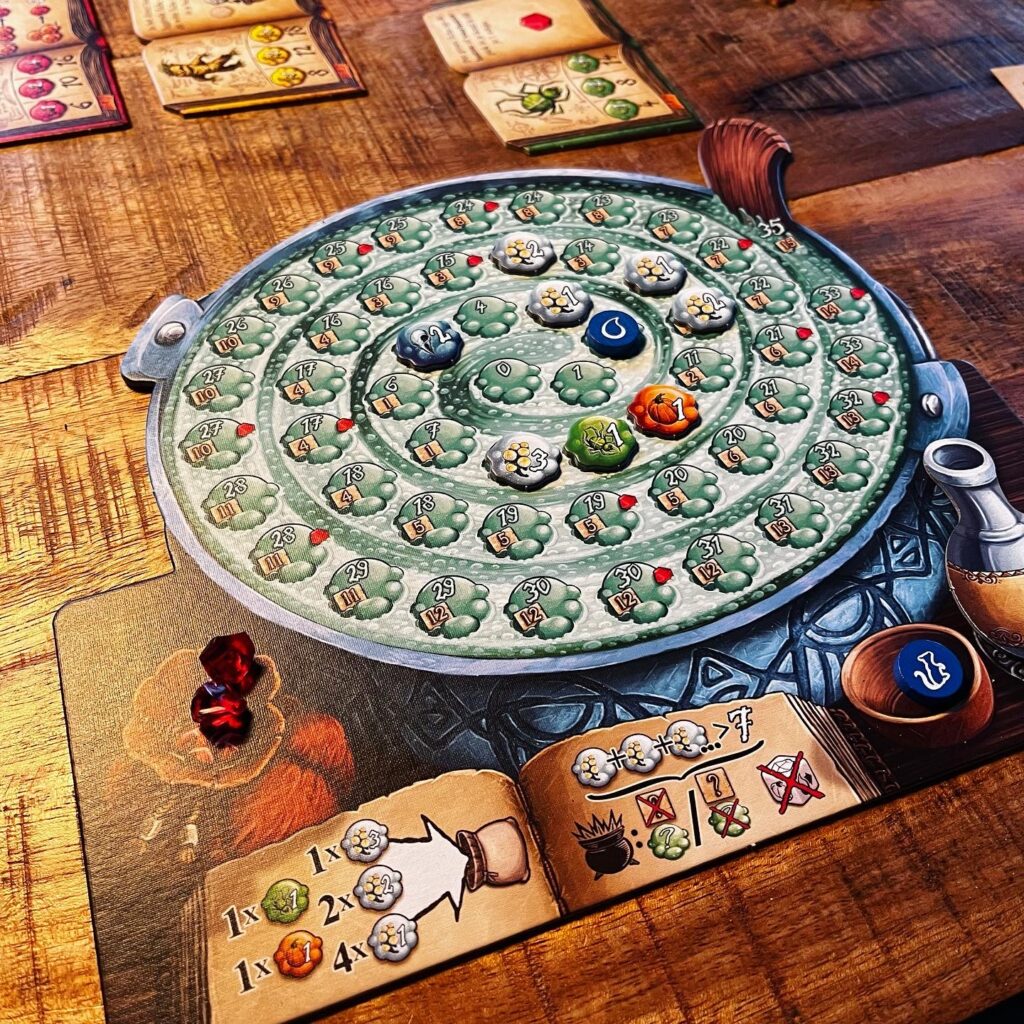A couple of years ago I was vacationing in the Harz district of Germany. More specifically, I stayed in Quedlinburg: a picturesque medieval village. Quedlinburg was the favorite retreat of Henry I the Fowler, Duke of Saxony (the saxons consisted of early medieval Germanic tribes), king of Germany and founder of the Ottonian dynasty of Saxon kings and emperors. Henry the Fowler, a name he acquired because of his passion for hunting, had an imposing castle built that he actually used as a sort of vacation home to spend time during Easter. After Henry’s death, his second wife and widow, Saint Matilda, with the consent of her son and heir to the throne Otto, founded a women’s abbey (a Frauenstift) in the castle, and more than 50 years later the community also began the construction of Saint Servatius Church next to the castle. Due to the many rulers of the Ottonian dynasty, the presence of the women’s abbey and market rights, Quedlinburg was a very bustling village full of trade and other activity in the Middle Ages. The castle, the church and the village are all listed on the UNESCO’s World Heritage List and rightly so, because when you visit Quedlinburg you really travel back into the early Middle Ages of Germany. Luckily, with modern hygiene … Also it is fortunate that the village has been restored in more recent times, because during the GDR it was unfortunately quite dilapidated …

Quedlinburg, by the way, is located near the Brocken, the highest mountain in northern Germany and setting of many legends where ritual witchcraft sites play a major role. The Brocken plays a central role in Faust, Johann Wolfgang von Goethe’s most important work and also the most famous adaptation of the Faust legend in which Faust, a magician and physician, makes a pact with the devil. All in all, Quedlinburg is the perfect setting for a play about magicians, alchemists, witches and also quacks who gather in a bustling marketplace to gather ingredients and stew magic potions. The English title of the game is a little less subtle as to its namesake, as this delightful push-your-luck game is set in the aforementioned village. For the Dutch version (which is pictured) the publisher translated Quedlinburg as Kakelenburg (perhaps because of the alliteration of the title), but it is still unmistakably Quedlinburg. On the box we see the bustling market and in the background the imposing castle. Are you the biggest quack in this market in Kakelenburg?

In Quacks of Quedlinburg, players simultaneously start to plop ingredients from their supply bag into their magic cauldron (their player board). Ingredients are placed on the track on the board in the correct order. The place where an ingredient must be placed is determined by the value of the ingredient. During their turn players try to place as many ingredients as possible on the track. Players try to place as many ingredients as possible as far as possible on the track, but they don’t pay much attention to actual recipes (just like real quacks), because they blindly take ingredients out of their pockets and throw them in the cauldron. This sometimes causes a certain ingredient, one with a more explosive kick, to end up in the pot and explode. Once a cauldron explodes a player cannot place any more ingredients. When all players have had their cauldrons explode (or decided to stop in time), a round is over and the scoring for that round follows.

The scoring takes place based on the location players have reached on the track on their cauldron. The player who has managed to get the furthest (without exploding) may roll dice for a bonus. Then players receive rubies, victory points, and money based on how far they have come on the game. If a player has exploded, however, that player may not receive both victory points and money. Money allows players to add new ingredients to their supply bag to help them advance (literally and figuratively) in subsequent rounds.
Almost every ingredient has special properties and an effect on the magic cauldron. Some ingredients allow you to prevent or remove explosive peas from your magic cauldron, and others allow you to rack up victory points – to give just one example. The game contains multiple ingredients, so players can play with their favorite combinations of special properties.

Rubies allow players to move the “droplet” on their player board. This droplet is the starting position of ingredients on the track in the next round. They can also use rubies to buy a kind of homeopathic potion to cleanse out their misfortune a bit. By drinking this placebo, players can put a popping pea back into their pouch: you may quickly think you’re better as a result, but misfortune still lurks.
Quacks of Kakelenburg is a bag builder. You may know the term deck builder: a game where players try to improve their deck by adding new cards during the game. Think of Dominion for example. A bag builder uses a similar game principle. During the game you add ingredients to your bag to tame the (mis)fortune in your favor. Quacks is also a push your luck game. You decide when to stop during a round. If you try your luck too much, you’ll face the negative consequences. This combination of elements is what makes Quacks a fantastic and in a delicious way frustrating game. It’s just nice and silly fun. The game is a good combination to tactics and luck. One minute frustration is inevitable as you continuously pull popping peas out of your pocket, and the next you’re just grabbing all the desired ingredients you just bought the previous round. The game is also very varied as there are different combinations of ingredients that make every game feel different.

Like it’s namesake Quedlinburg the game is definitely worth a visit and should have a place on the World Heritage List!



